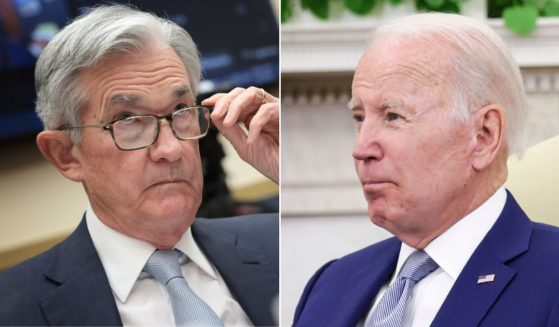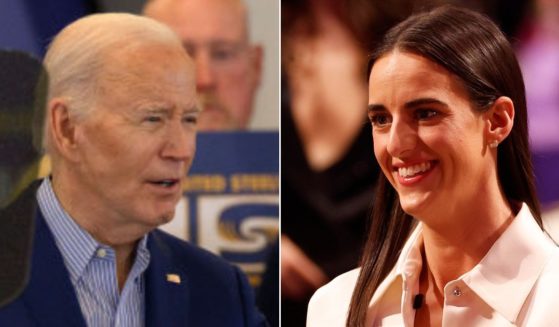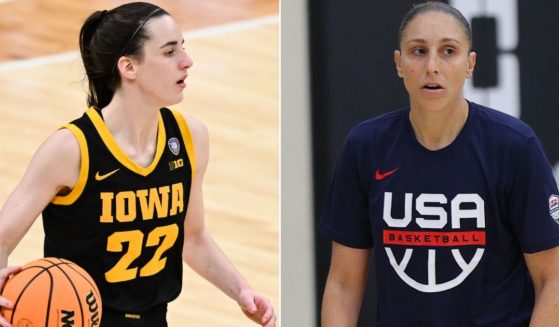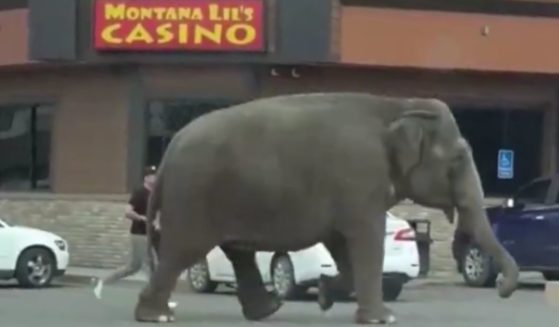New CDC Report: 'Scant Transmission' of COVID-19 Found with In-Person Learning
For months, figures on the left have been pushing for continued school closures. A new report from the Centers for Disease Control and Prevention, however, suggests that evidence does not support such action.
“Schools operating in person have seen scant transmission of the coronavirus, particularly when masks and distancing are employed,” The Washington Post reported.
The Post provided evidence from a viewpoint article written by three CDC researchers for the Journal of the American Medical Association.
“As many schools have reopened for in-person instruction in some parts of the US as well as internationally, school-related cases of COVID-19 have been reported,” the researchers reported, “but there has been little evidence that schools have contributed meaningfully to increased community transmission.”
This is in direct opposition to a narrative the liberal establishment media has been pushing for months. U.S. News and World Report published an opinion article on Dec. 2 full of cherry-picked statistics suggesting that schools were supposedly not safe.
“In our opinion, the data suggests schools are NOT safe and DO contribute to the spread of the virus — both within schools and within their surrounding communities,” the article said.
In contrast, the CDC published their own official report on Tuesday with decidedly different results. The department observed 17 schools in rural Wisconsin and found that in-school transmission was very limited.
“Among 5,530 students and staff members, 191 COVID-19 cases were reported,” the CDC said.
“Only seven (3.7%) of these cases were associated with in-school transmission, all in students. Despite widespread community transmission, COVID-19 incidence in schools conducting in-person instruction was 37% lower than that in the surrounding community.”
In other words, not only are schools NOT contributing to a wider spread of the virus, but they may actually be safer than letting children just run around in the community.
Critics may say that children would be safest to stay in the house all day, work on school and not venture outside where they may come in contact with others.
While that is probably the safest method on paper, it is not practical.
Children who are cooped up inside most of the day are going to go interact with other friends whenever they can — be it in the neighborhood or elsewhere.
That will most likely occur in settings where precautions like mask-wearing and social distancing are not as strictly enforced as they would be at school.
For example, the JAMA article mentions that “having had visitors in the home was associated with increased risk of infection,” based on a study the researchers conducted in Mississippi.
In the same study, they concluded that in-person school attendance was NOT associated with increased risk.
Of course, the article did mention that the subjects were adhering to mask-wearing and social distancing, but most schools open for in-person learning are already doing so.
The data seems to show that being in a closely monitored school setting with proper precautions is objectively safer than being at home and having guests over.
Furthermore, keeping students at home and forcing them to learn online has proven to have negative effects on their education.
As the data finders said, the original decision to close schools was based on a risk-reward proposition.
“Closing schools could adversely affect students’ academic progress, mental health, and access to essential services; however, if SARS-CoV-2 rapidly spread in classrooms, opening schools might accelerate community transmission of the virus,” researchers said.
In the spring of 2020, such an approach made sense. Now that we have more data, though, it is clear that the benefits of in-person learning far outweigh the minimal risk of transmission in schools.
Another common argument from those on the left and teachers unions is that while risk may be low for students, it is high for teachers.
Though it may be true that teachers are at a higher risk than students if they get the virus, BBC reported that research found teachers in England and Wales were not at a significantly higher risk of death from COVID-19 than the general population.
“The [Office for National Statistics] looked at death rates from coronavirus in England and Wales between 9 March and 28 December 2020,” the outlet said.
“It found 31 in every 100,000 working-age men and 17 in every 100,000 working-age women had died of COVID-19.”
The death rate for teachers, in general, was lower than that.
“Among teachers, there were 18 deaths per 100,000 among men and 10 per 100,000 among women,” BBC said.
For secondary school teachers, the report cited a “very slightly elevated risk at 39 deaths per 100,000 people in men and 21 per 100,000 in women.”
However, these rates are still significantly lower than those of restaurant workers, taxi drivers, security guards and nurses.
The reality of our current situation is that we are in a pandemic.
As such, there is going to be an increased risk of contracting the virus in any activity — work, leisure or otherwise — that you participate in.
Yet the beauty of living in a free country is that we have the ability to assess risk for ourselves and make our own decisions. If certain teachers who are at high risk due to underlying conditions want to stay home for now, that is understandable.
On a broad scale, though, it’s time to reopen schools for the vast majority of the population.
Truth and Accuracy
We are committed to truth and accuracy in all of our journalism. Read our editorial standards.












